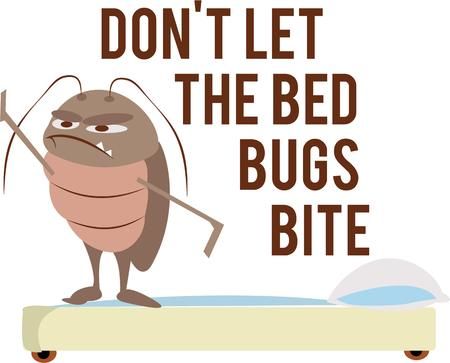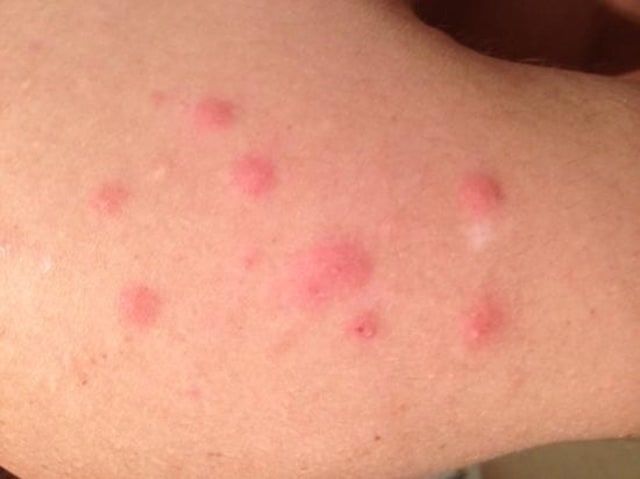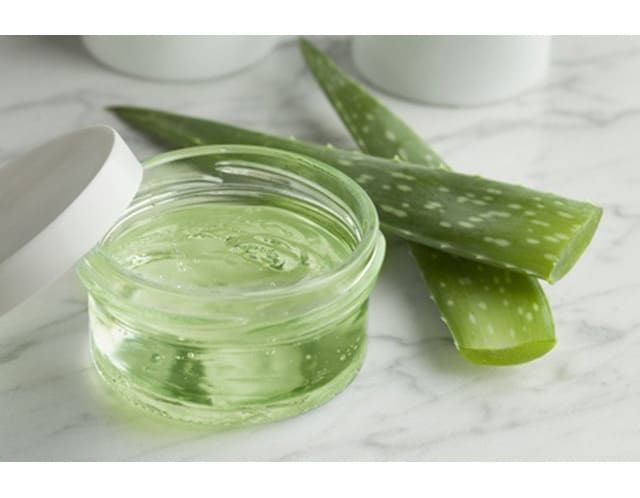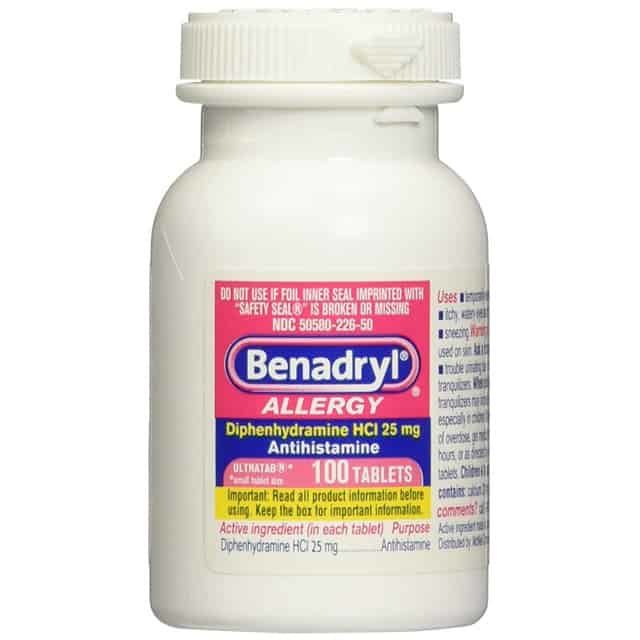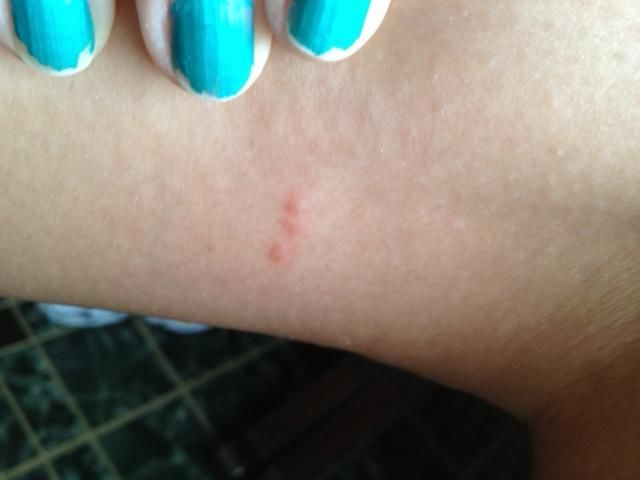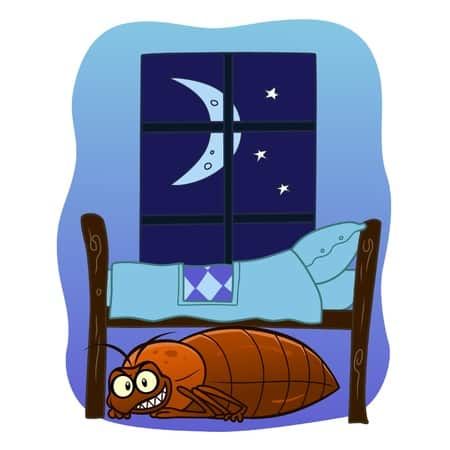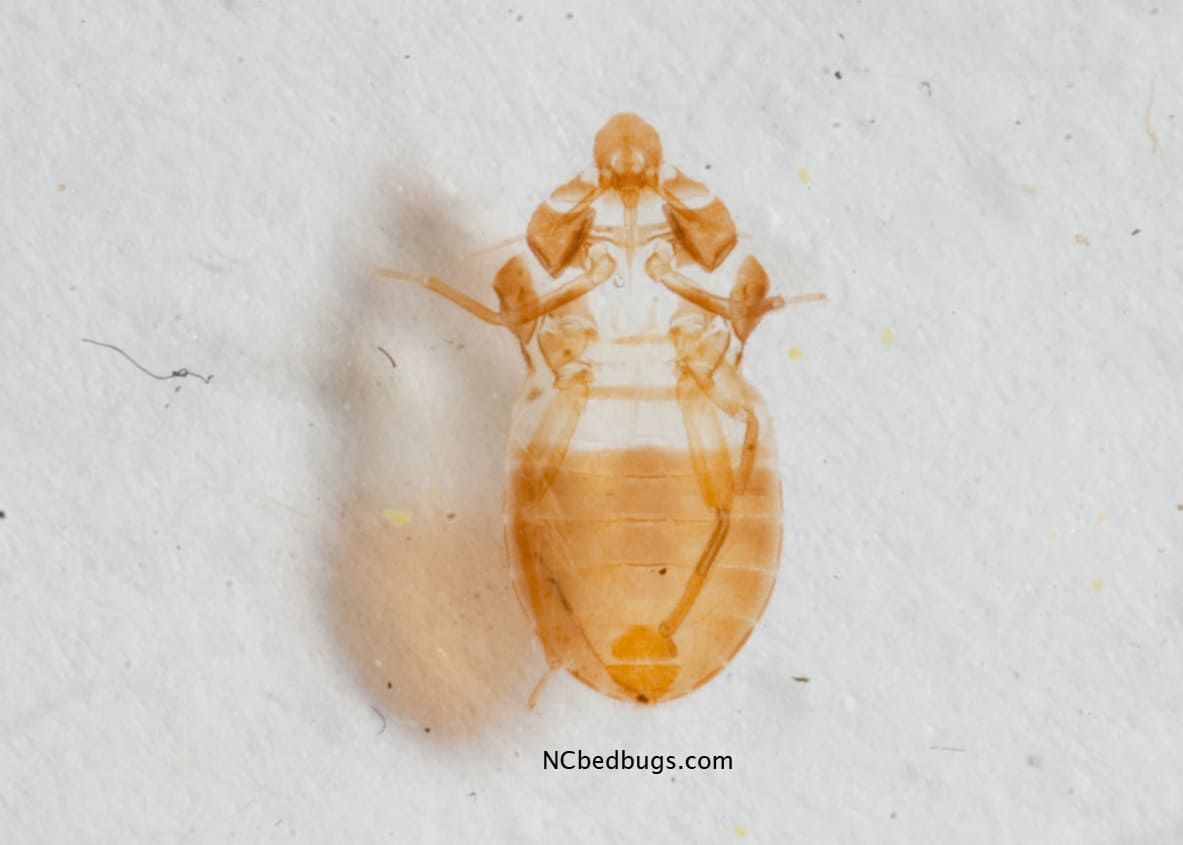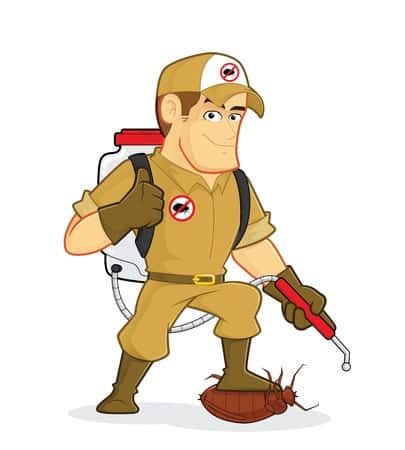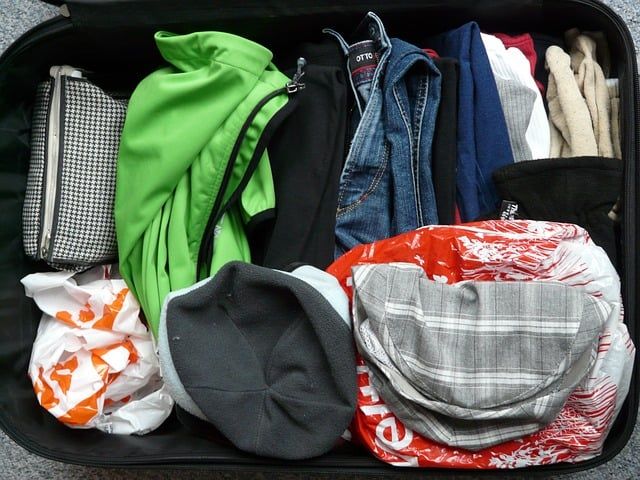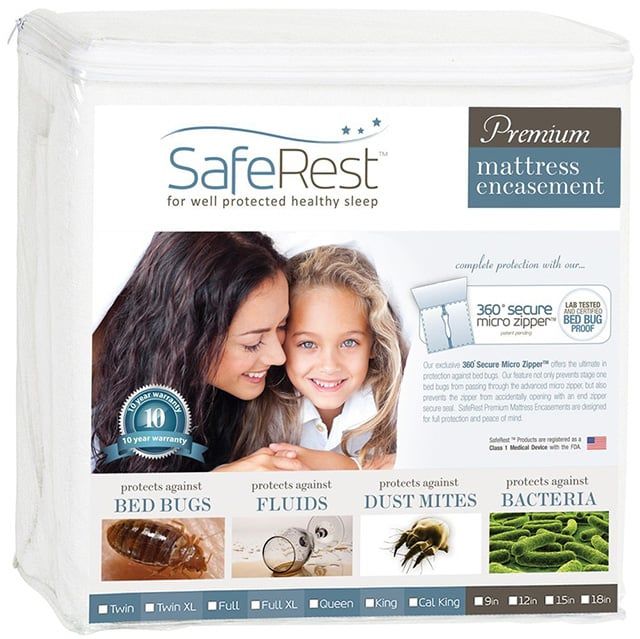What if I told you that every night while you’re sleeping, there could be a couple of little bugs feasting on your blood while you’re catching some zzz’s? What if I told you that these little bugs could be crawling around your bedside table, just waiting for you to go to sleep so they can feast?
The last time I checked, most people don’t enjoy sleeping with a group of bugs next to them.
These tiny little buggers (no pun intended) that live for approximately 10 months. Their whole life mission is dedicated to feasting on your blood while you’re sleeping. Their bites can lead to infection, especially when scratched, so it’s crucial that you get rid of these nasty little suckers (I had to get that little pun in there) before they feast away.
Being the nice guy that I am, I’m going to show you an easy 3 step process that’ll help you identify whether you have a bed bug problem. And best of all, it’s free!
The 3 Steps Are:
- Identifying Their Bites
- Look For Red Or Dark Brown Spots On Your Bedding
- Keeping An Eye Out For Any Live Bugs In Action
Let’s get started.
You may want to check out: Flea Bites vs. Bed Bug Bites
Here’s What You Will Need
The most important thing that you need is a keen sense of awareness. Due to the size of a bed bug, anything in relation to them tends to be small and miniscule. To combat this, you’re going to need an eye that can look for indicators that you’ve got a bug problem or not.
The signs can be difficult to spot if you don’t know what you’re doing. Luckily, you can use these 3 easy steps to scope out whether or not there are bed bugs living in your room.
Step 1: Identifying Their Bites
One of the most effective yet difficult ways to check for bed bugs is through their bites. They usually bite around areas that are exposed such as the face, arms, neck, and legs. You probably won’t be able to feel the bites because it injects a blood thinner as well as an anesthetic to numb you while they feast on your blood.
Their bites look something like this. They look like large, red welts that you may feel the urge to itch. The difficulty arises because most people confuse these bites with mosquito bites. If you wake up with a couple of welts on your skin, this is an indicator that a bed bug had a feast while you were asleep. But don’t let that fool you either; it’s not uncommon that their bite takes a couple of weeks to show itself.
Watch this video to find out more about identifying bed bug bites.
If you find yourself with a couple of bites after waking up, then you’re going to want to make sure they don’t get infected. Upon awakening, wash the bites with soap and water to prevent any infections. Try not to scratch it as well; this can causes the bite to get infected because there’s generally a lot of germs on people’s fingers that can easily make their way into exposed skin.
Baking Soda and Water
Aloe Vera Gel
Antihistamine Pill
If you find that the bite is really itchy, you can use a number of remedies to counter this. Whip up a concoction of baking soda and water until you have formed a thick paste. Spread this bad boy across the bite marks and leave it for an hour or two before washing it off. You can also try aloe vera gel. Aloe vera contains properties that help to soothe the skin so you can dab some of this on the bite to alleviate the itchiness.
And if you want to go the extra mile, you can always pop an antihistamine pill or Benadryl cream to stop the itch.
PRO TIP:
Bed bugs have a weird fetish where their bites are usually in a row of three or more like this. You can use this to your advantage to determine whether or not the welts are from bed bugs or from another bug like mosquitoes.
Step 2: Look For Red Or Dark Brown Spots On Your Bedding
Checking for bed bug bites is effective; the only problem is that some people don’t react to their bites. The next sure-fire way to identify bed bugs is to check your bedding for little red or dark brown marks.
Check your mattresses, sheets and pillow cases. You may find tiny red marks on your sheets. Because they are so small, there’s a good chance that you’ll roll onto one during your sleep, bursting their blood-filled bellies which leaves a red mark on your sheets.
As disgusting as it may sound, they also commonly leave little “presents” on your bedding (by presents I mean their excrement). Check your bedding for any dark brown spots that look similar to felt tip marks.
This video goes into more detail about the marks that you’re looking for and where to find them.
PRO TIP:
Check the seams of your bedclothes and behind your bed. This is a common place where they live and leave fecal stains. Also be sure to check any area within 5 feet of your bed including your bedside table, behind the headboard, and anything on the floor beside your bed.
Step 3: Check For Bed Bugs In Action
And of course, if you’re lucky enough, you might be able to see a bed bug right beside you while you’re snoozing.
Or, even luckier, feasting on your blood!
They are oval, brown, small insects with flat bodies and six legs. They’re approximately 5 millimeters in length which make them extremely hard to see, especially if you’re not actively looking for them. After feeding, their body becomes swollen and red.
Here’s what a bed bug looks like in action as it feeds on Dr. James Logan from the London School Of Tropical Medicine.
PRO TIP:
Another sign of a bed bug is the yellow skins that they shed. Before baby bed bugs (called nymphs) grow into adults, they shed their skin approximately five times. If you see any traces of skin shedding, that’s an indicator there are bed bugs crawling around you.
The Guaranteed Method
If you’re not sure whether you have bug problem or not, you can always call your local pest control group to come have a look at the situation.
Pest controllers are trained to look for any infestations; they’ve got much more experience than your Average Joe and they know exactly what they’re looking for when it comes to bed bugs. If you’re wanting an easy way that costs a little bit of mula, give them a call.
How To Protect Yourself From Bed Bugs
The best scenario is to protect yourself from them before they make their way into your bedroom. That way, you don’t have to worry about any red or dark brown spots on your bed clothes as well as large welts on your skin.
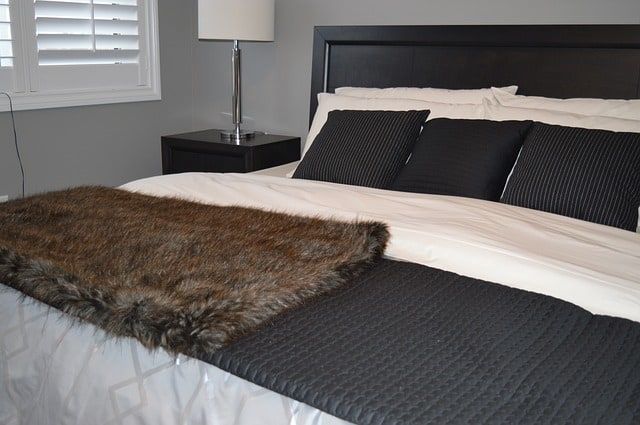
Check your furniture too. Bed bugs are great at hopping between couches and furniture, so make sure that your furniture is bug-free so that they won’t wander into your bedroom.
If you have any pets, check their bedding as well.
Have you travelled anywhere recently? These buggers are notorious for jumping into travel bags and hitchhiking home with their newfound friend. If you think the places that you have stayed at have had a bed bug problem, then wash out your luggage and clothes just to be safe.
Invest in a mattress encasement. This won’t completely get rid of the infestation, but it’ll make the problem easier to deal with by trapping the them before they can bite you.
Bed bugs can be found everywhere from 5 star hotels to roadside motels. They are just one of those thing you have to deal with. If you’re prepared, they’ll be much less of a problem and you’ll have a lesser chance of a bed bug infestation occurring.
Did You Like This Tutorial?
And that’s it! Did you learn something new from this tutorial?
If you did, I’d love to hear it in the comment section below. Also, I’m sure you have friends or family who could potentially be suffering from a bit of an infestation without even knowing about. Share this article with them so they don’t have to wake up to a couple of bugs feasting on their blood or wake up with a line of welts across their arms.
Of course, that’s unless it’s one of those family members that you’ve got a little problem with. In that case, let them feast
